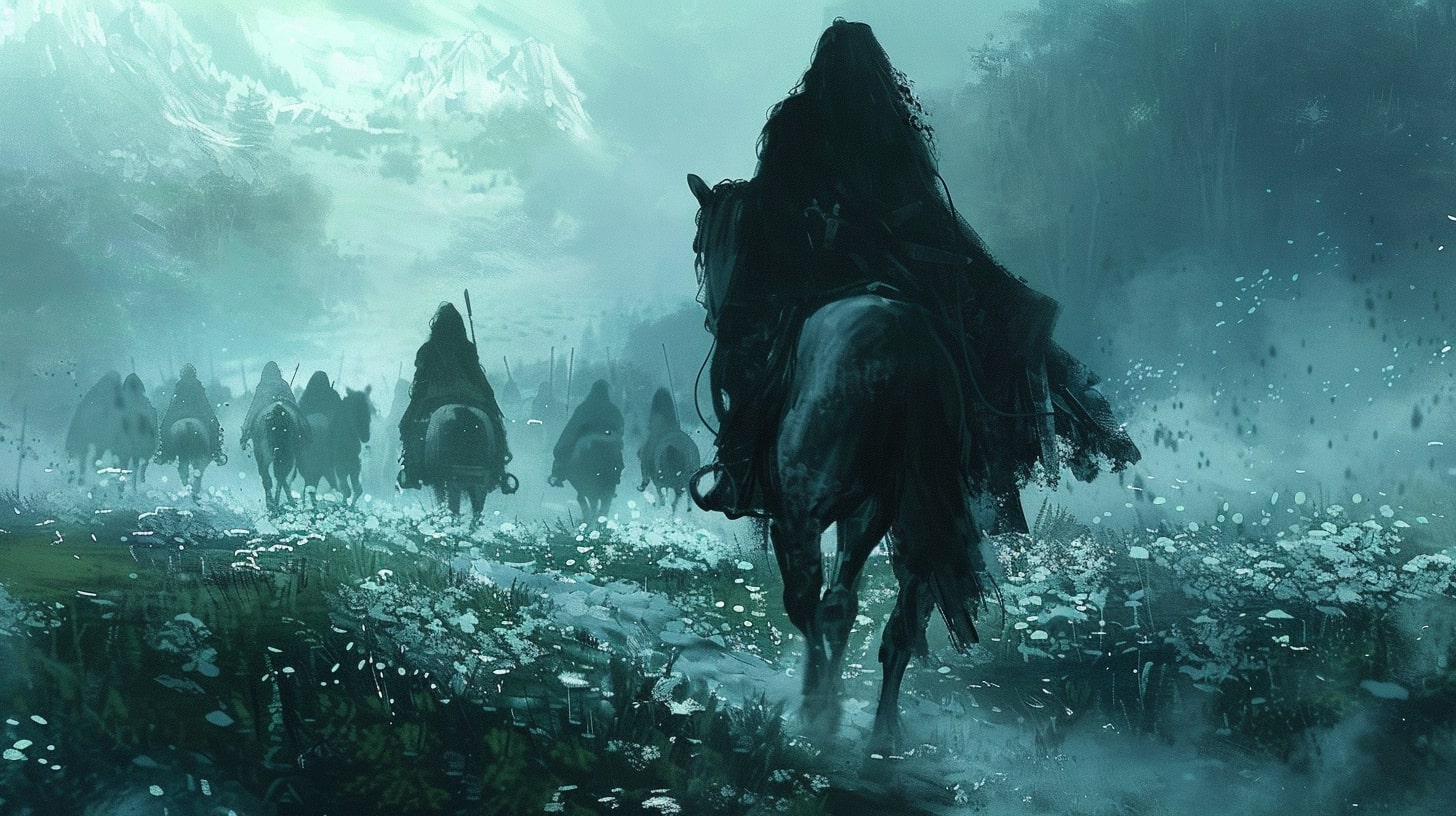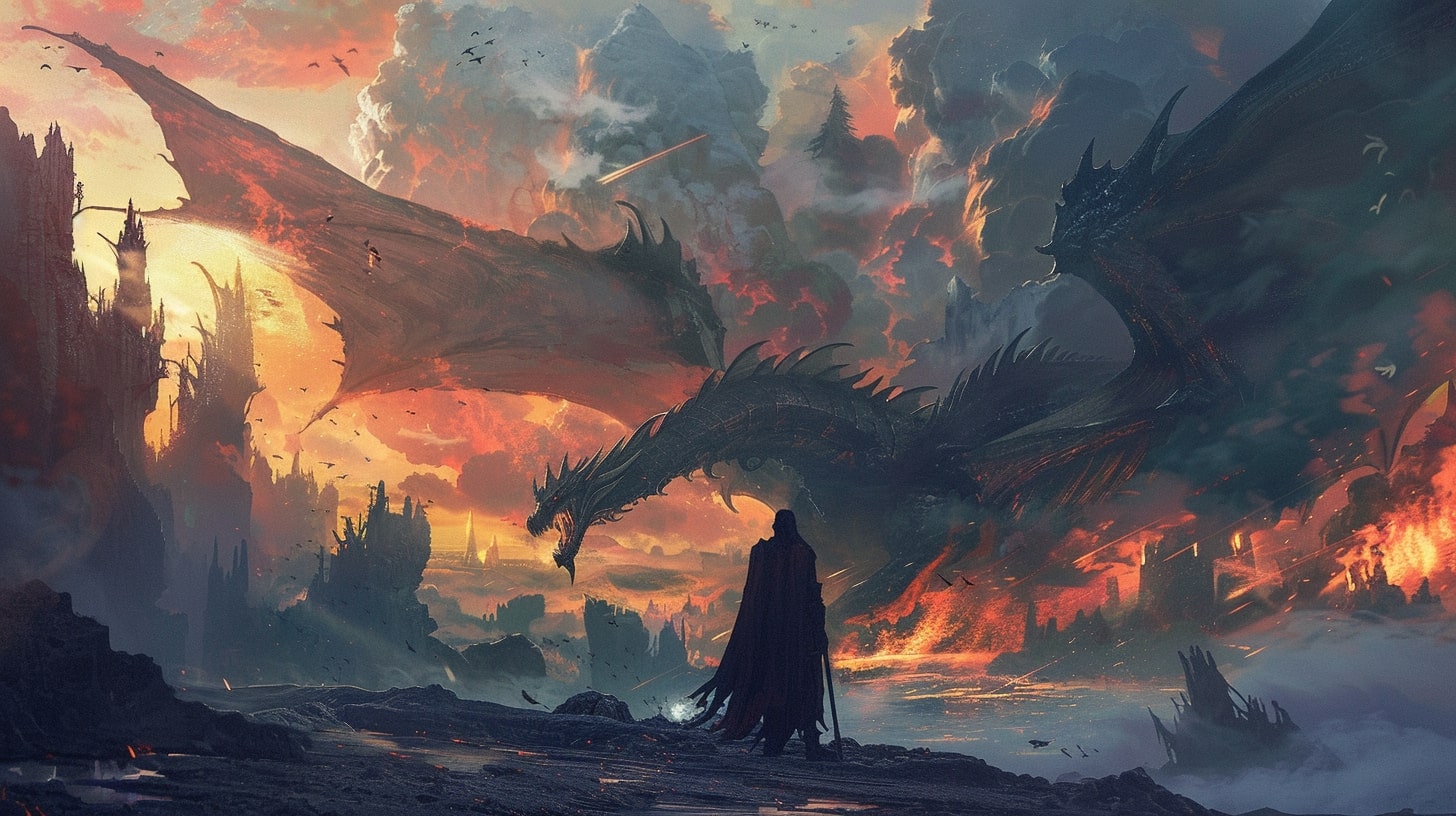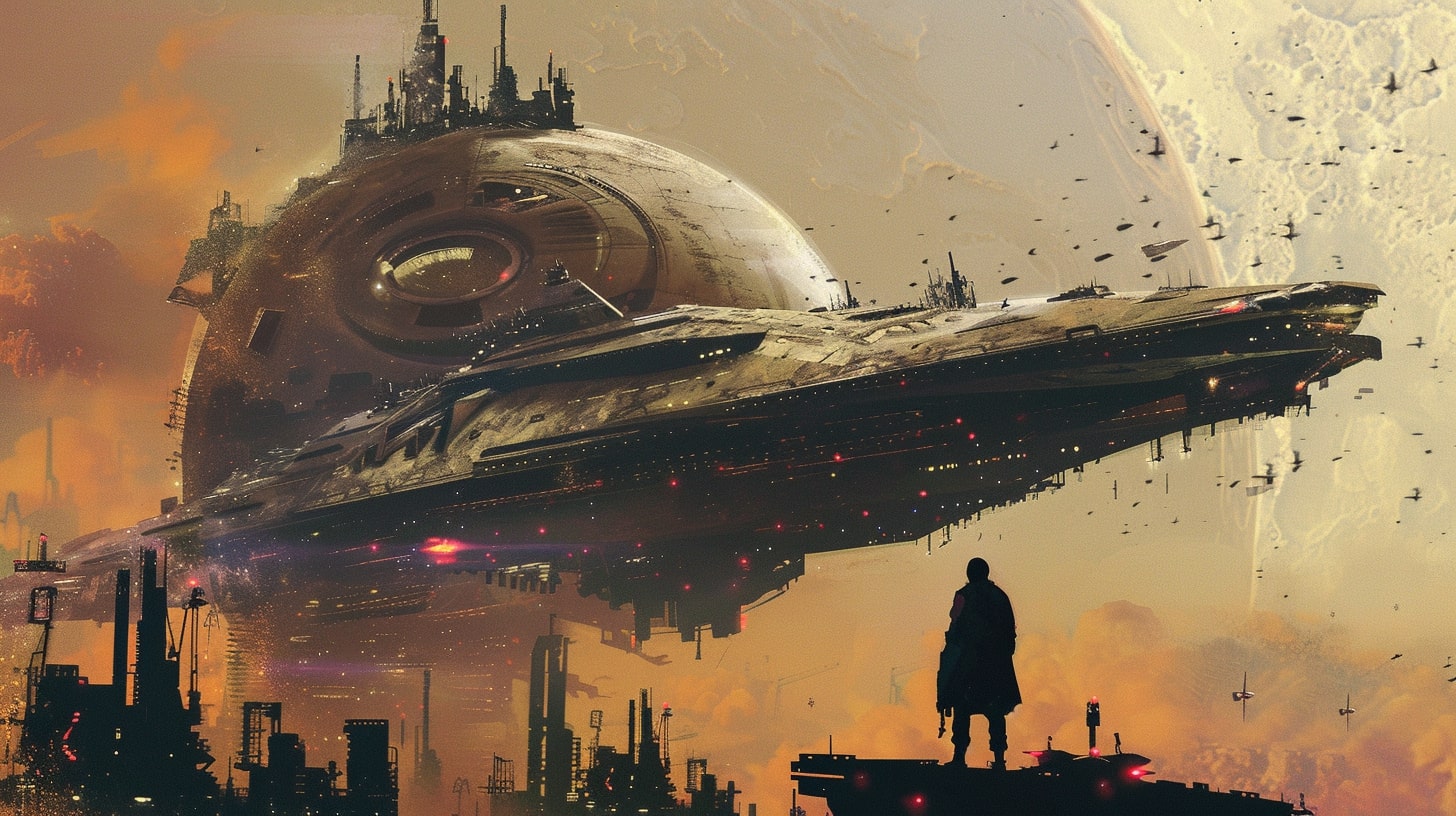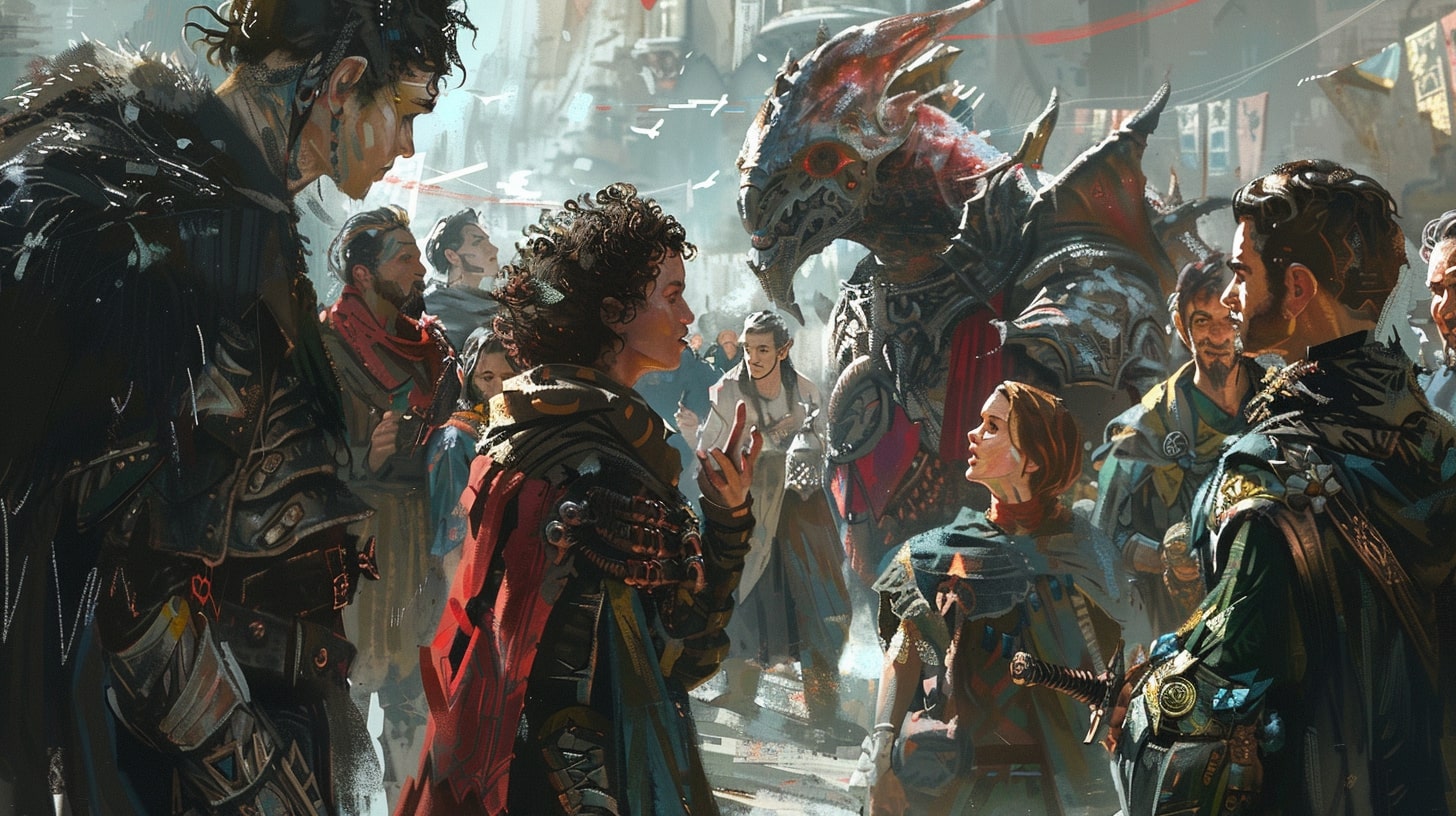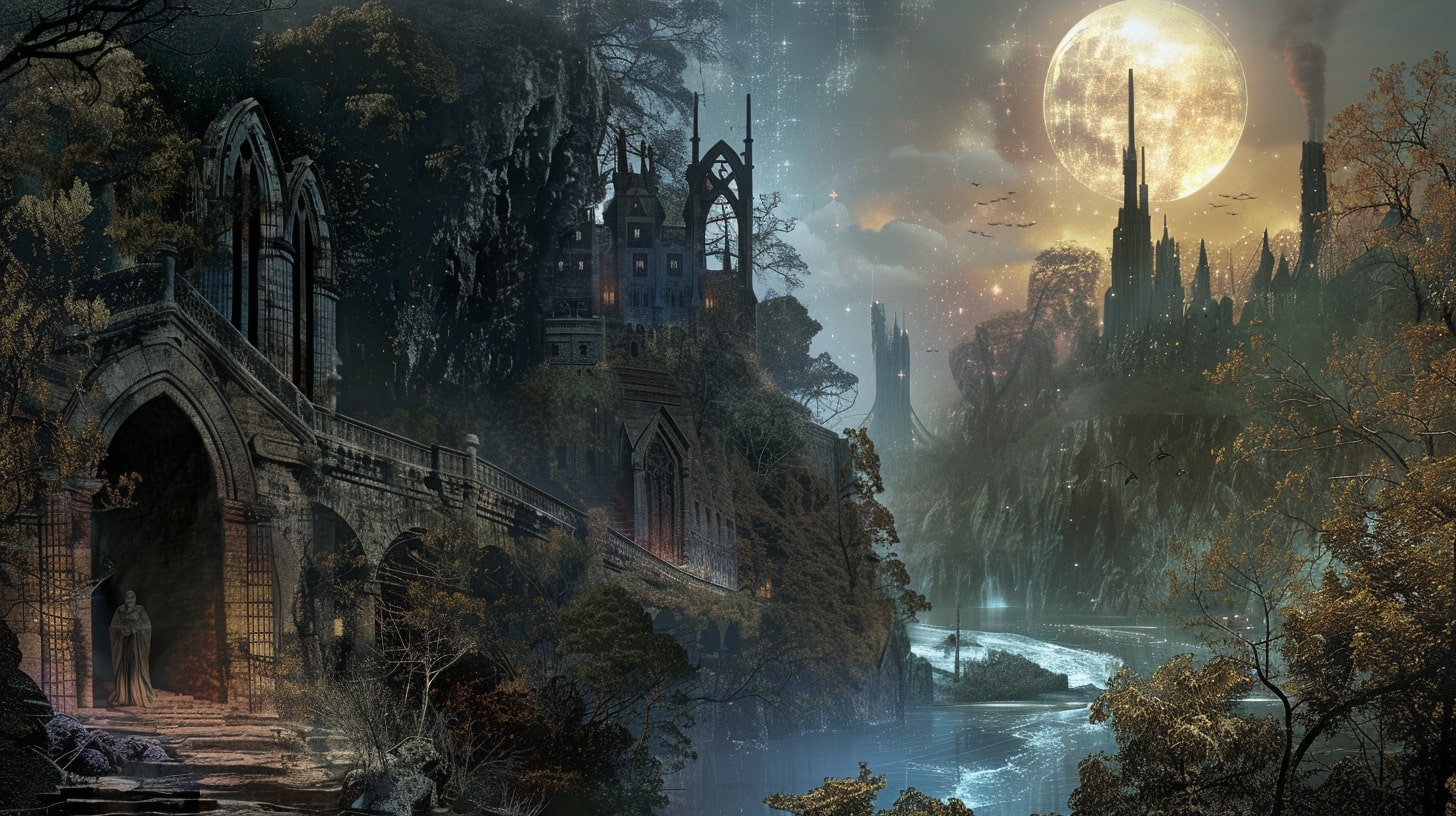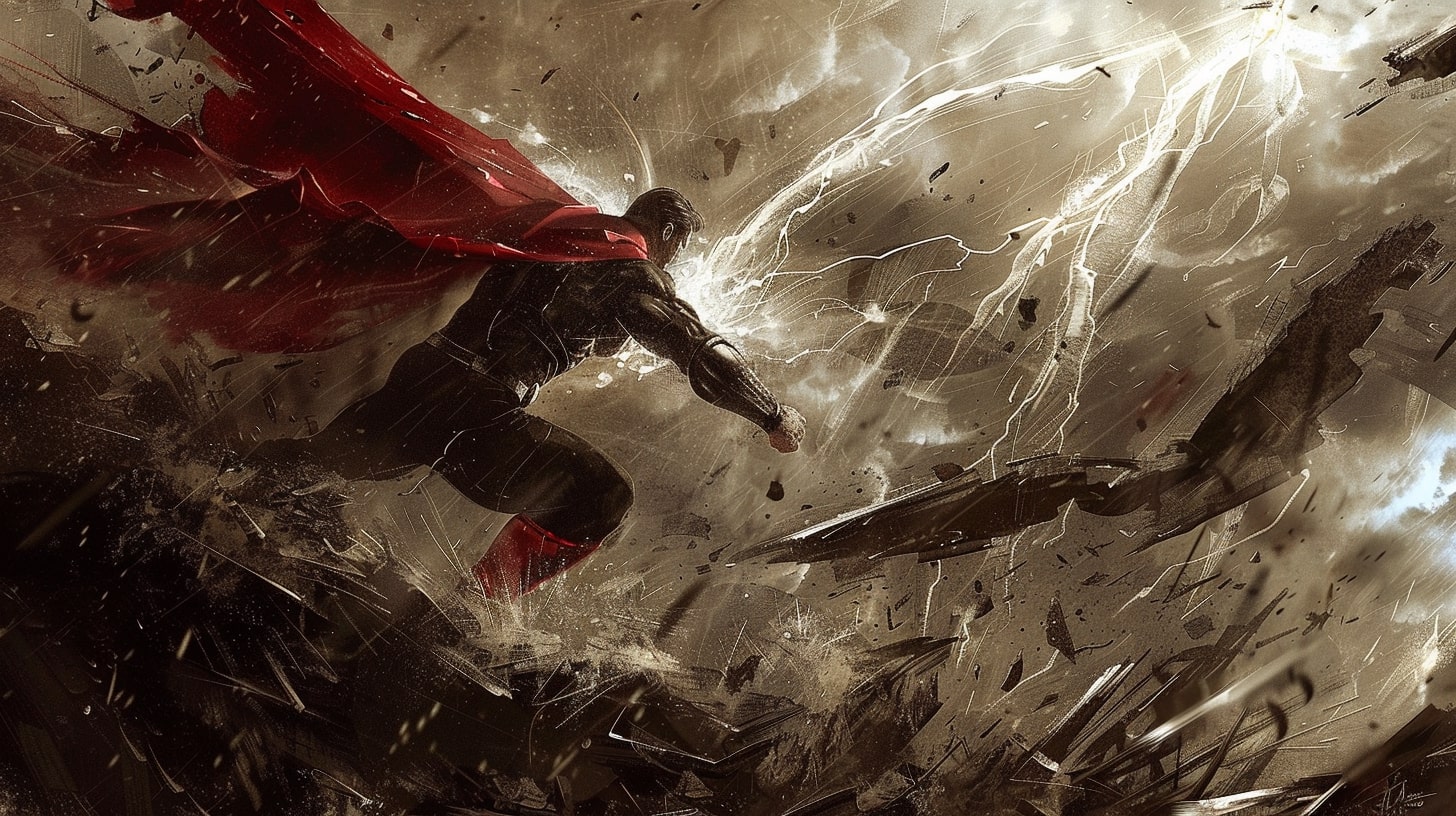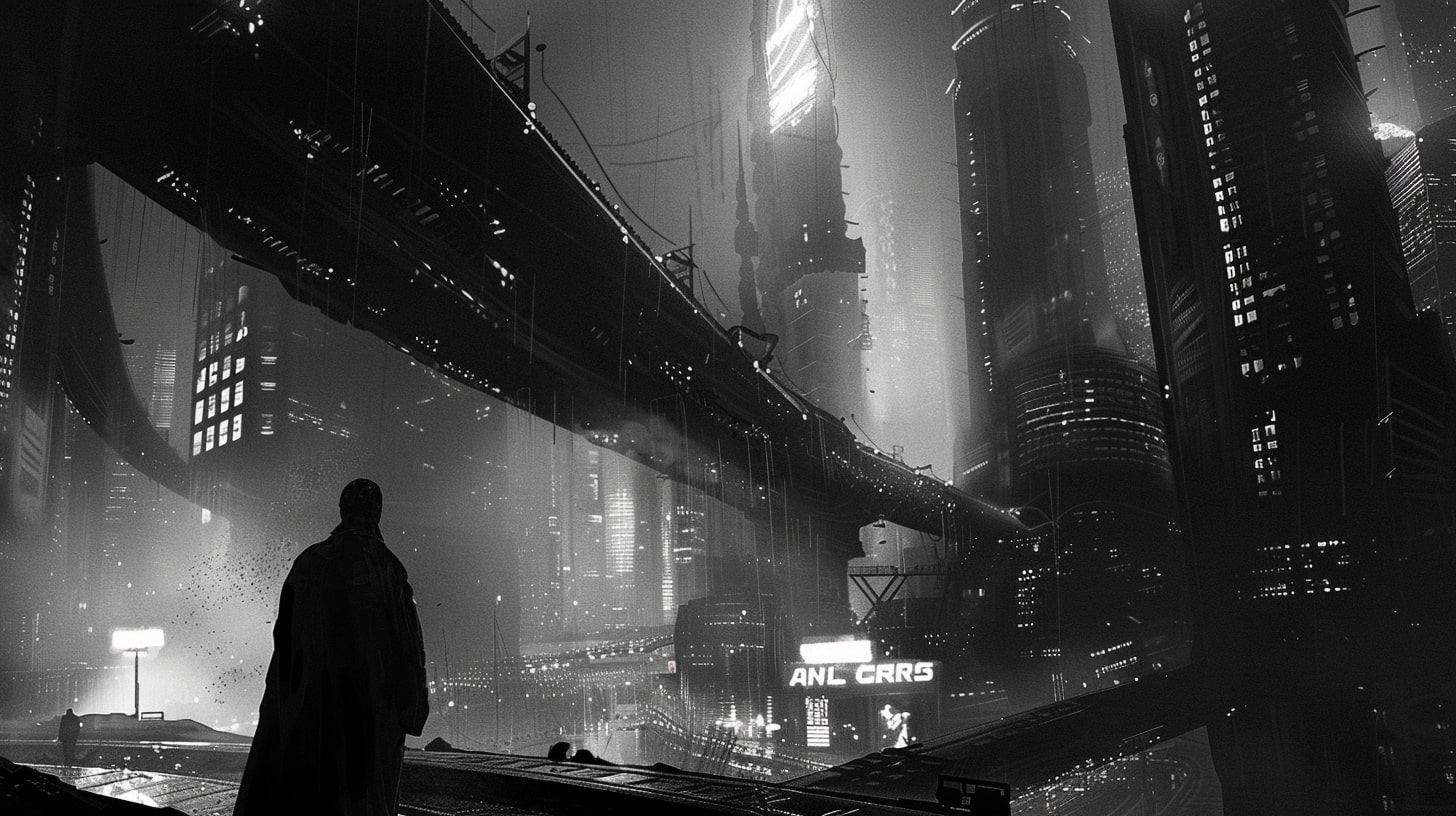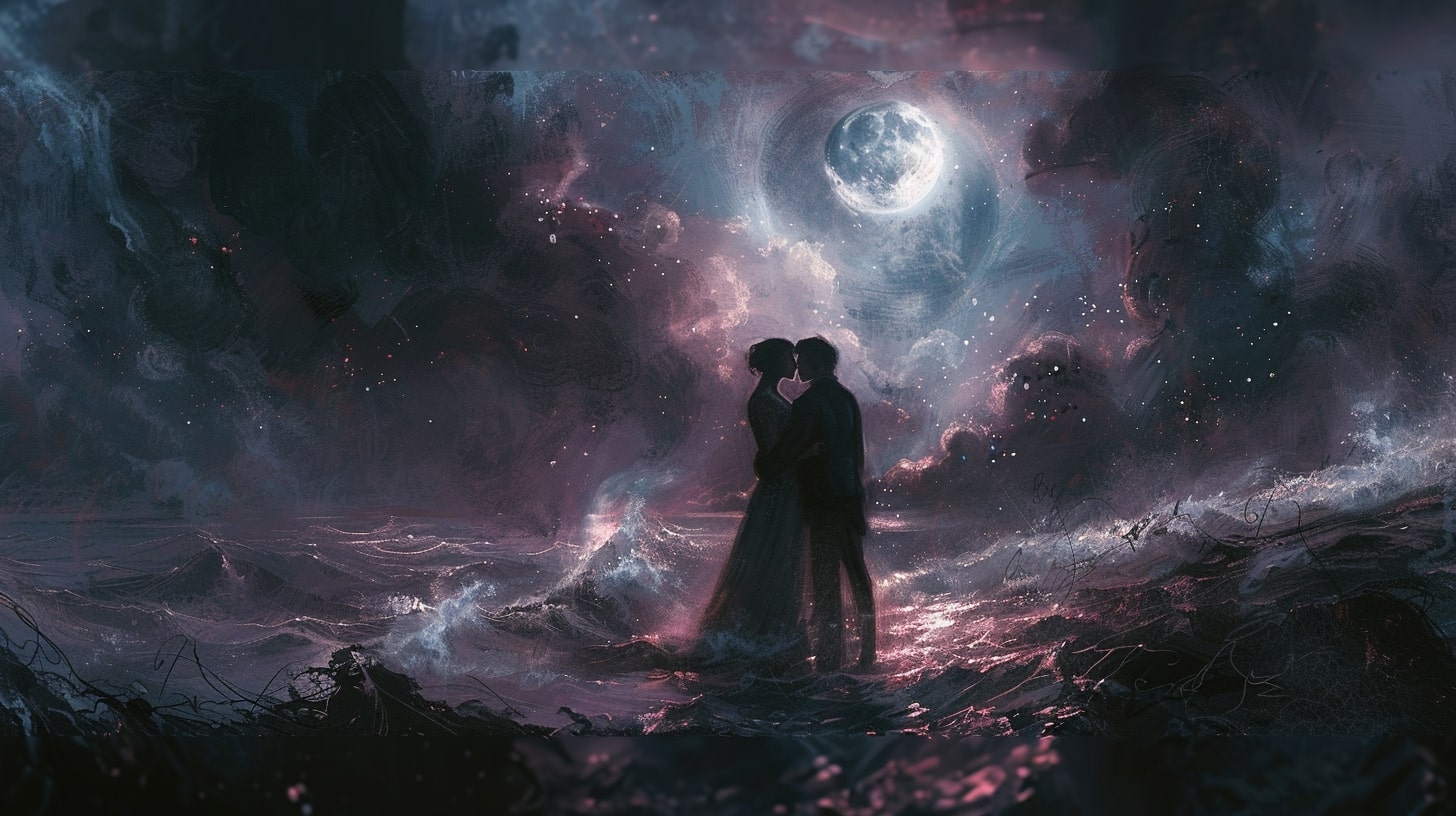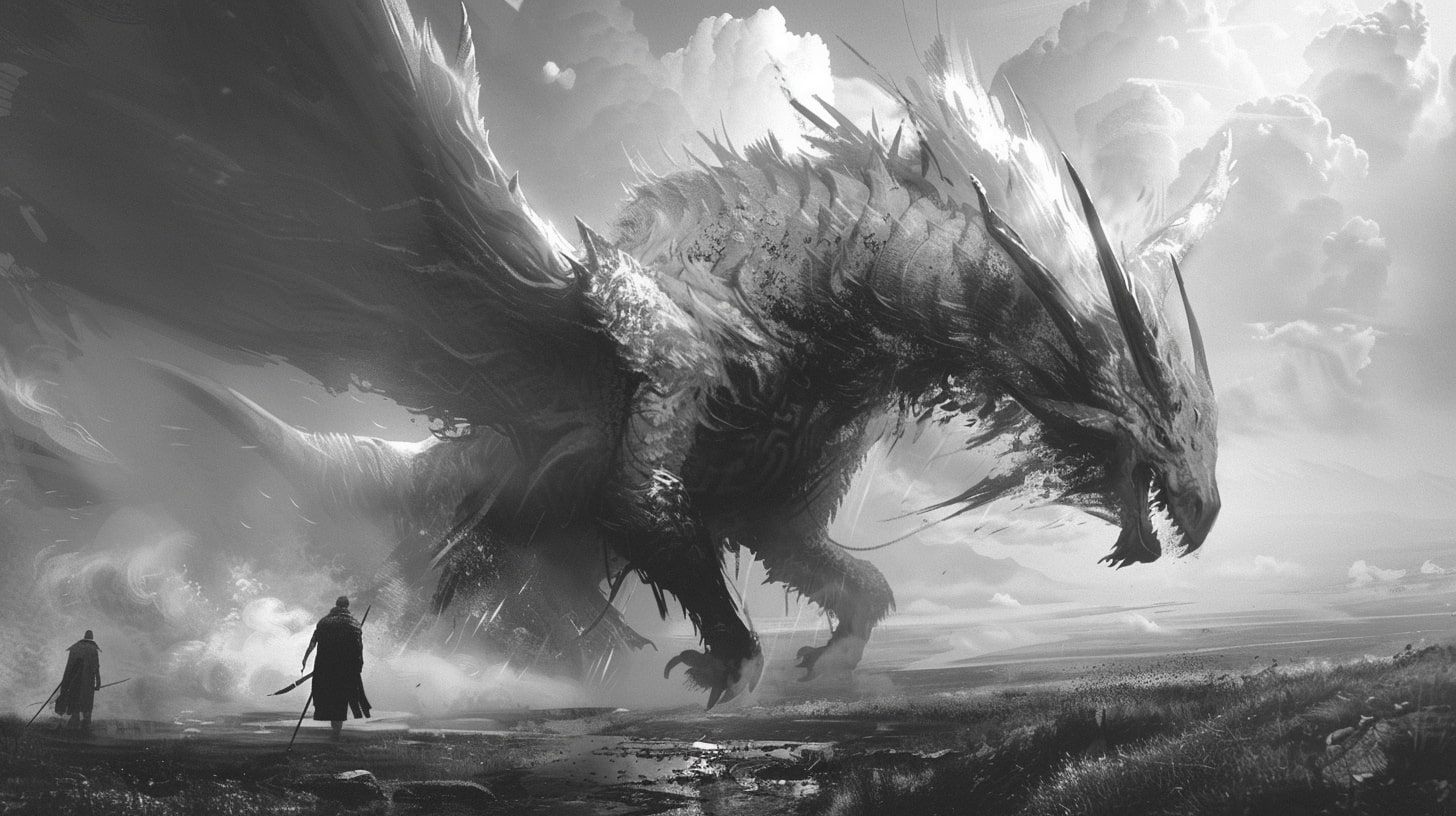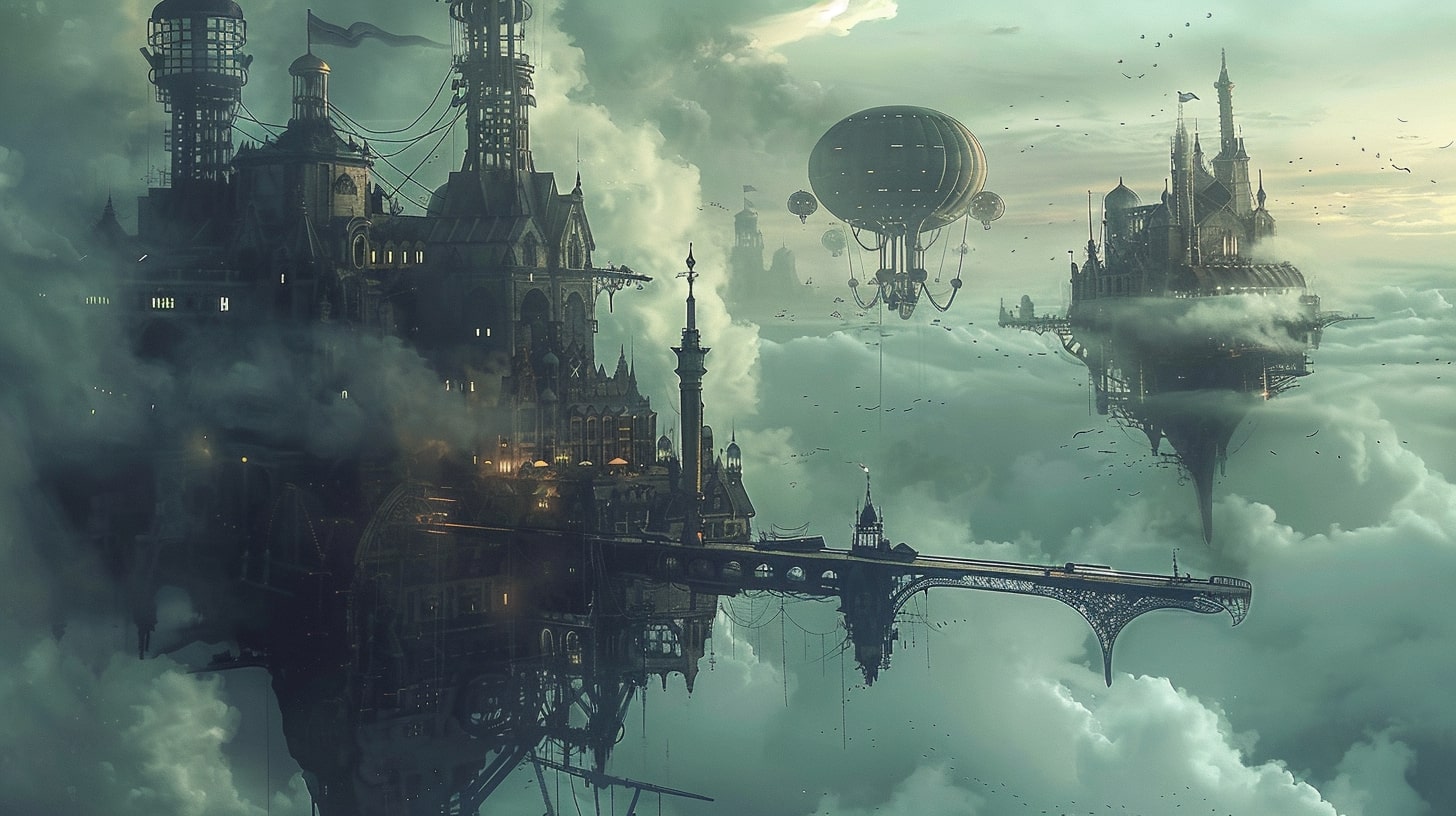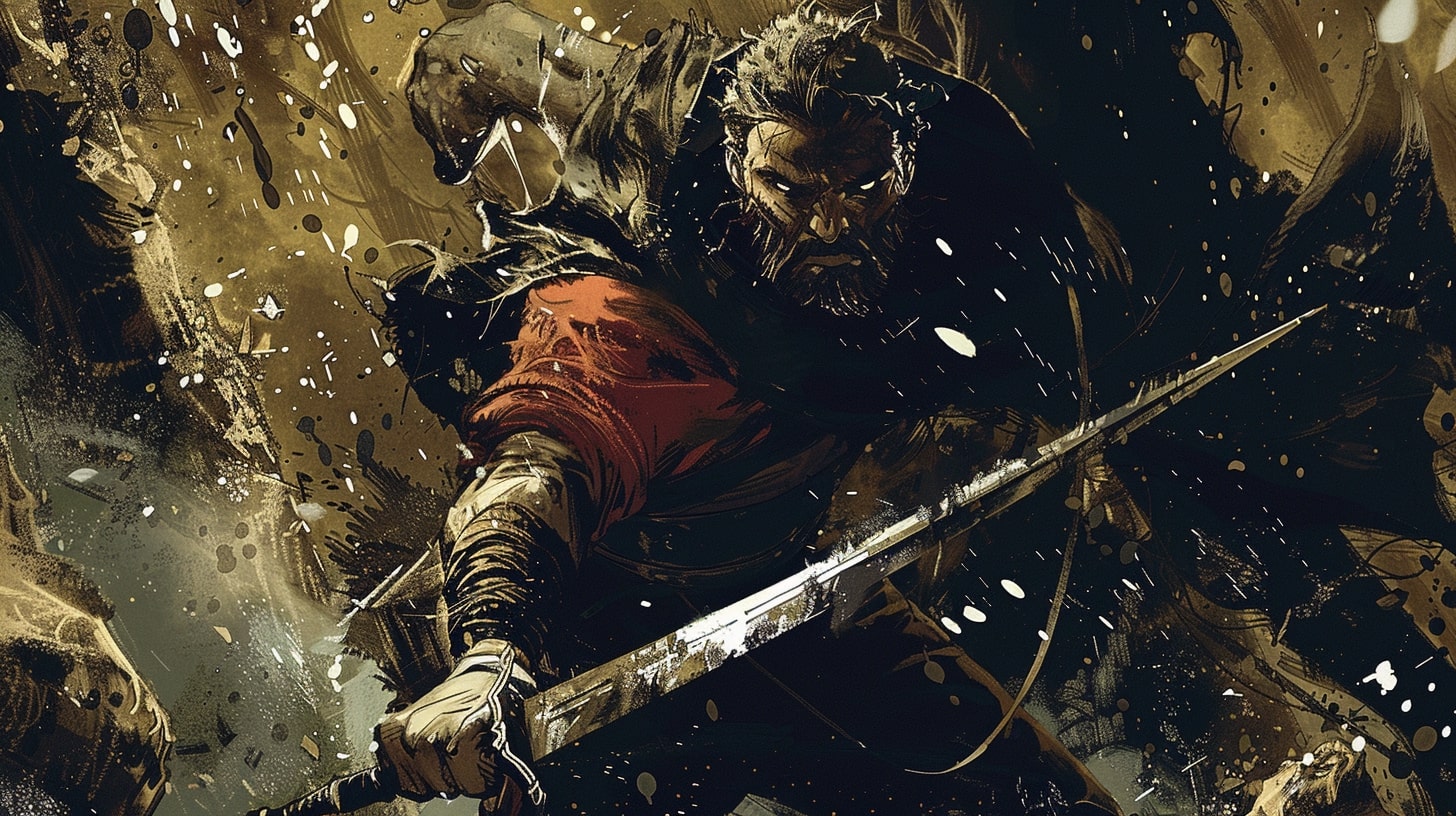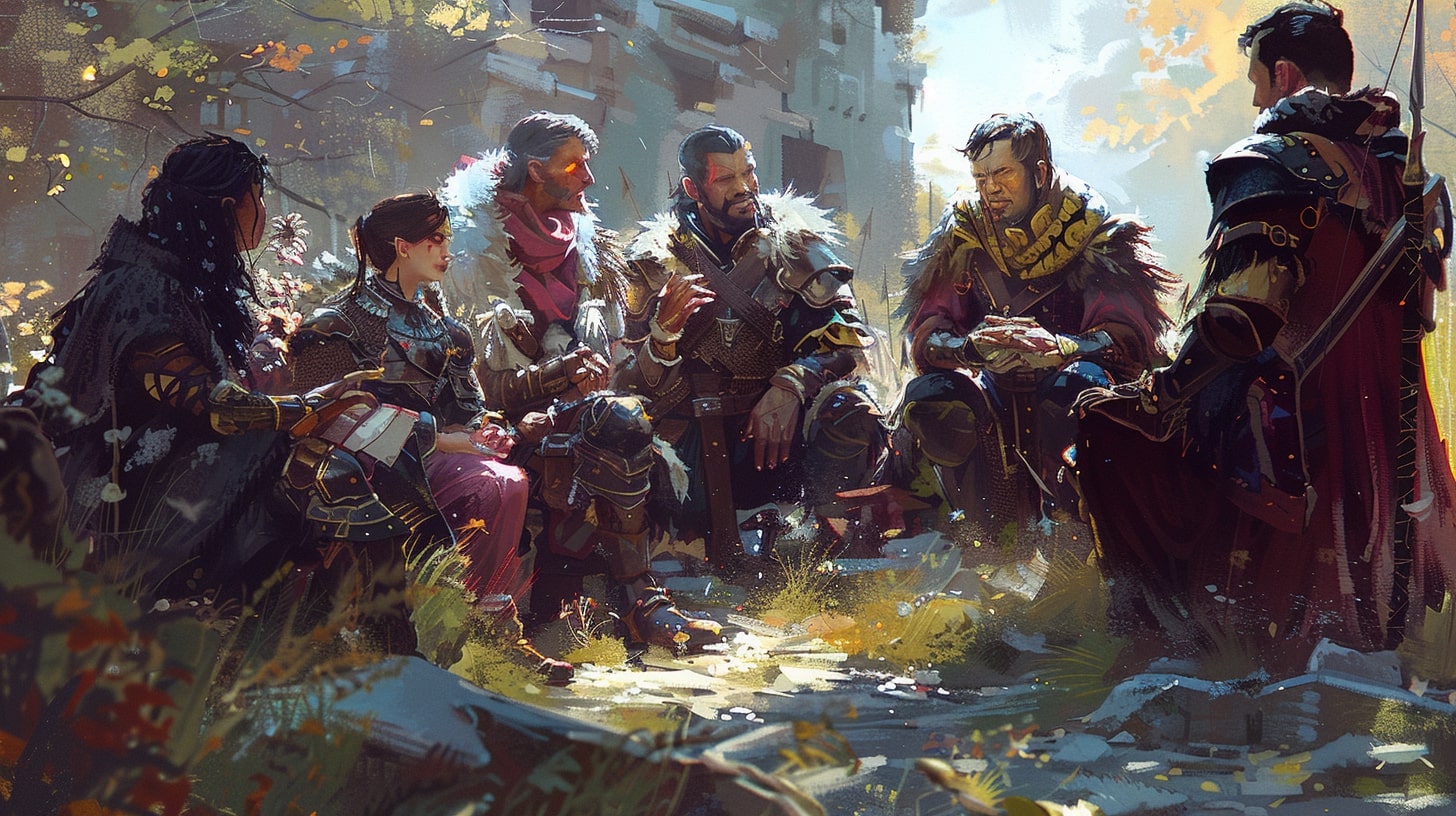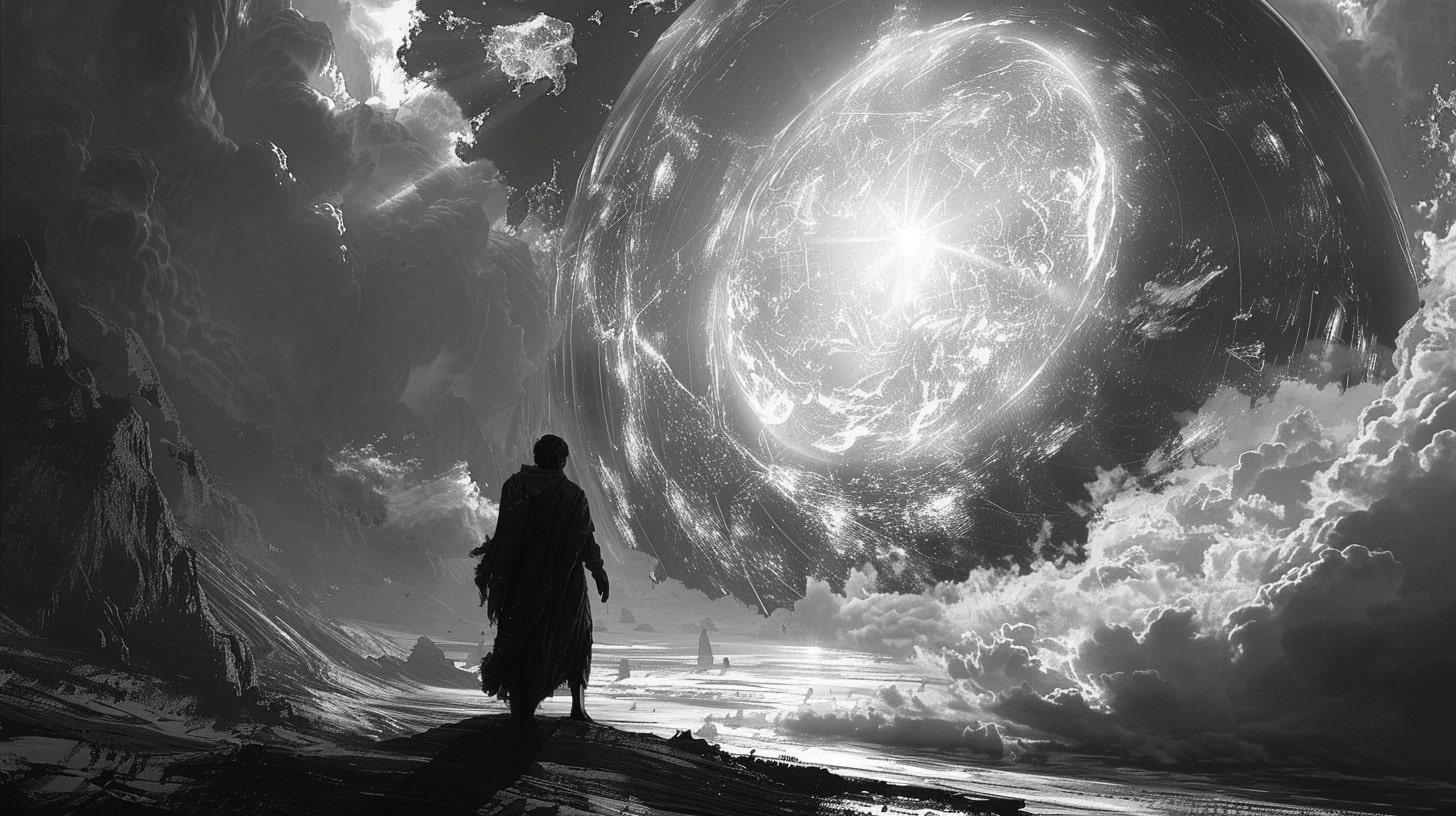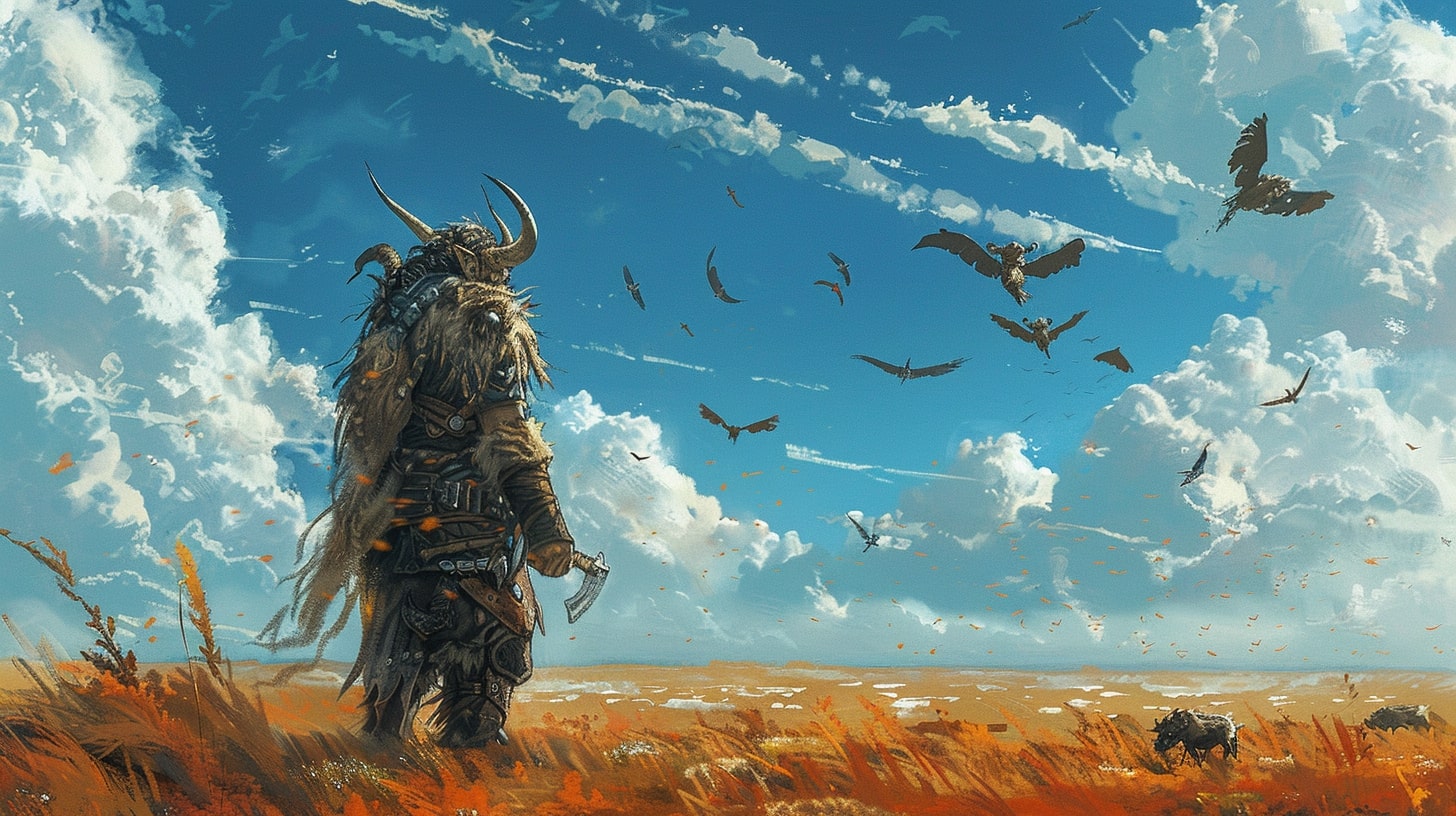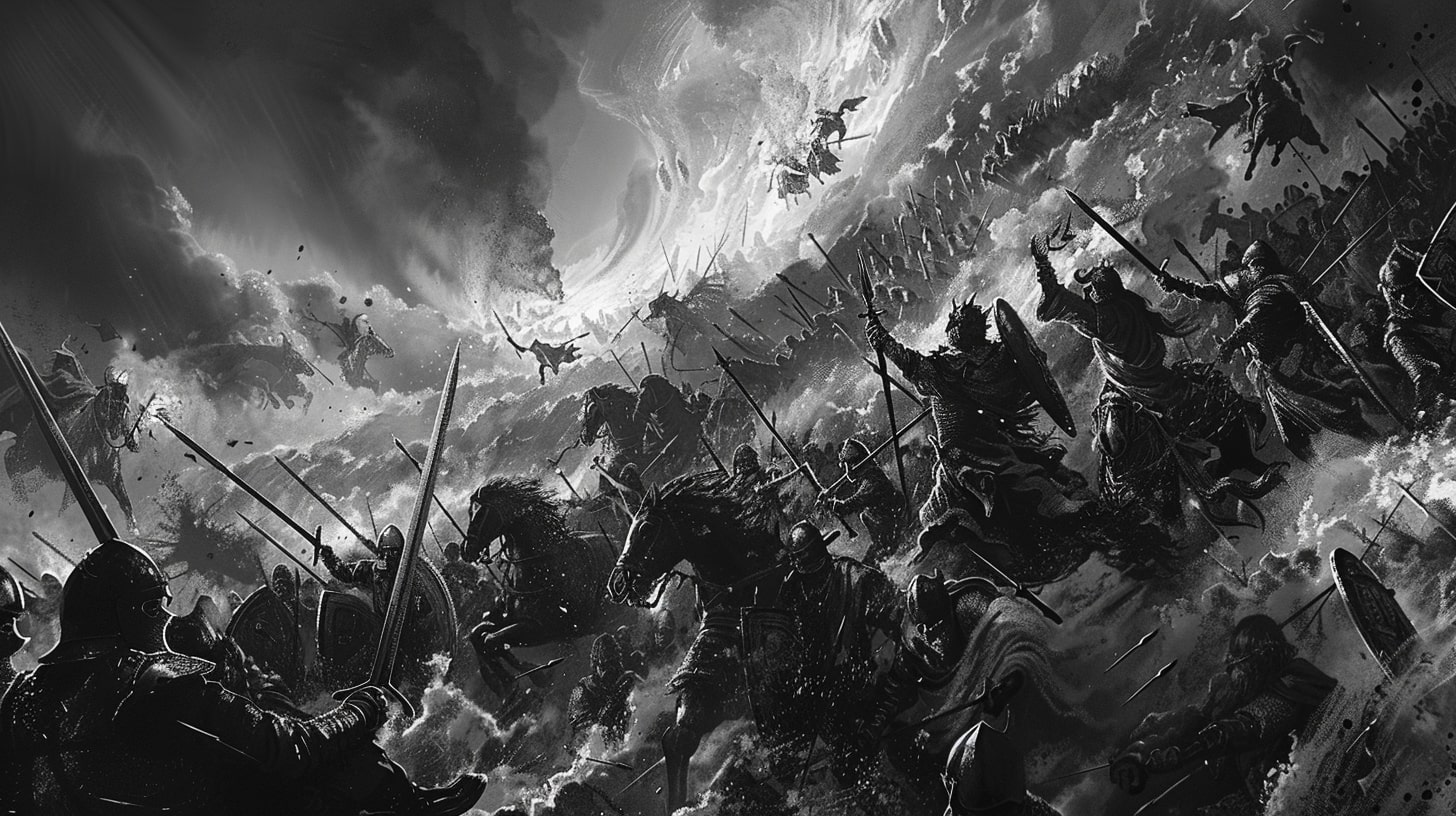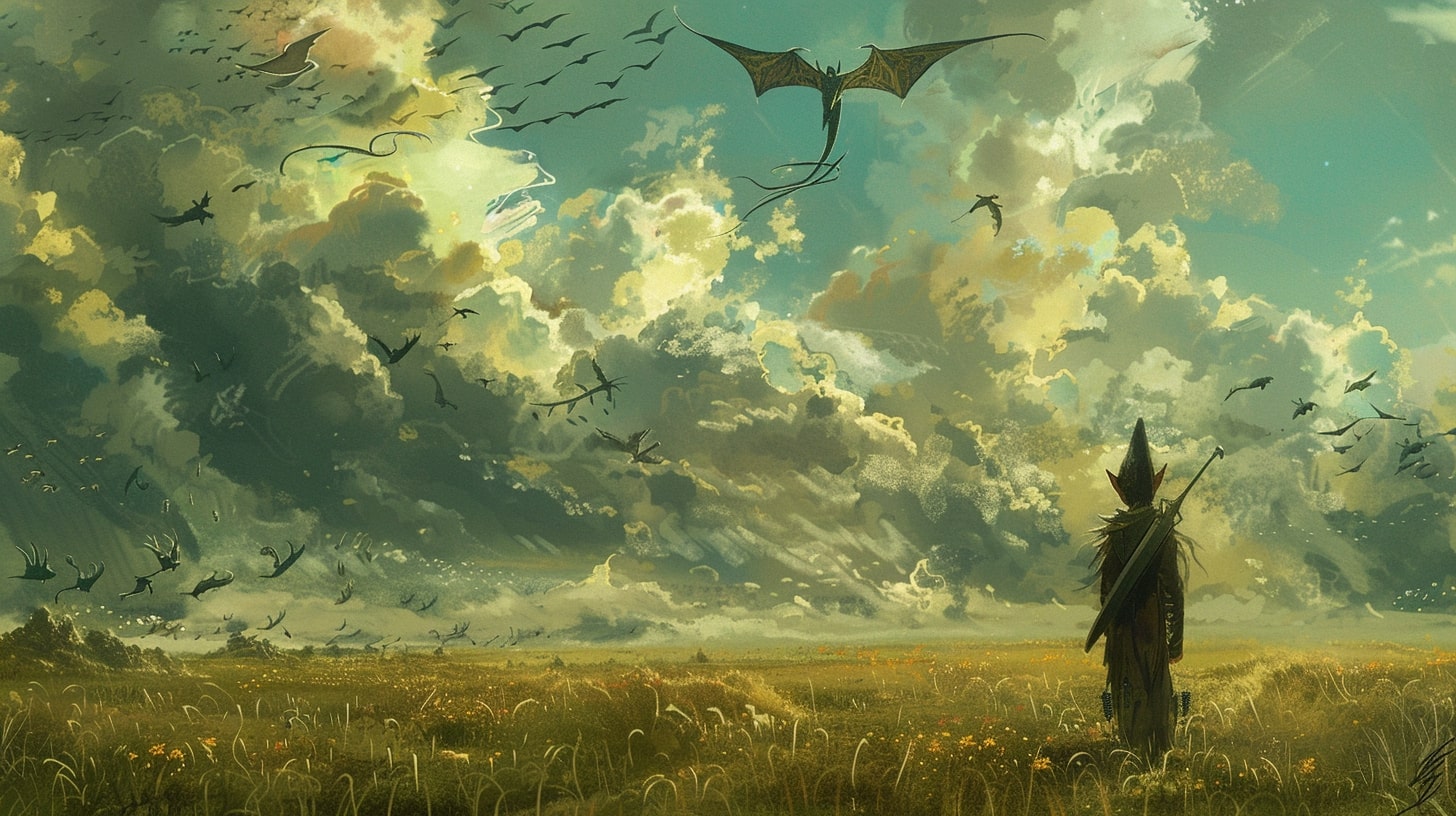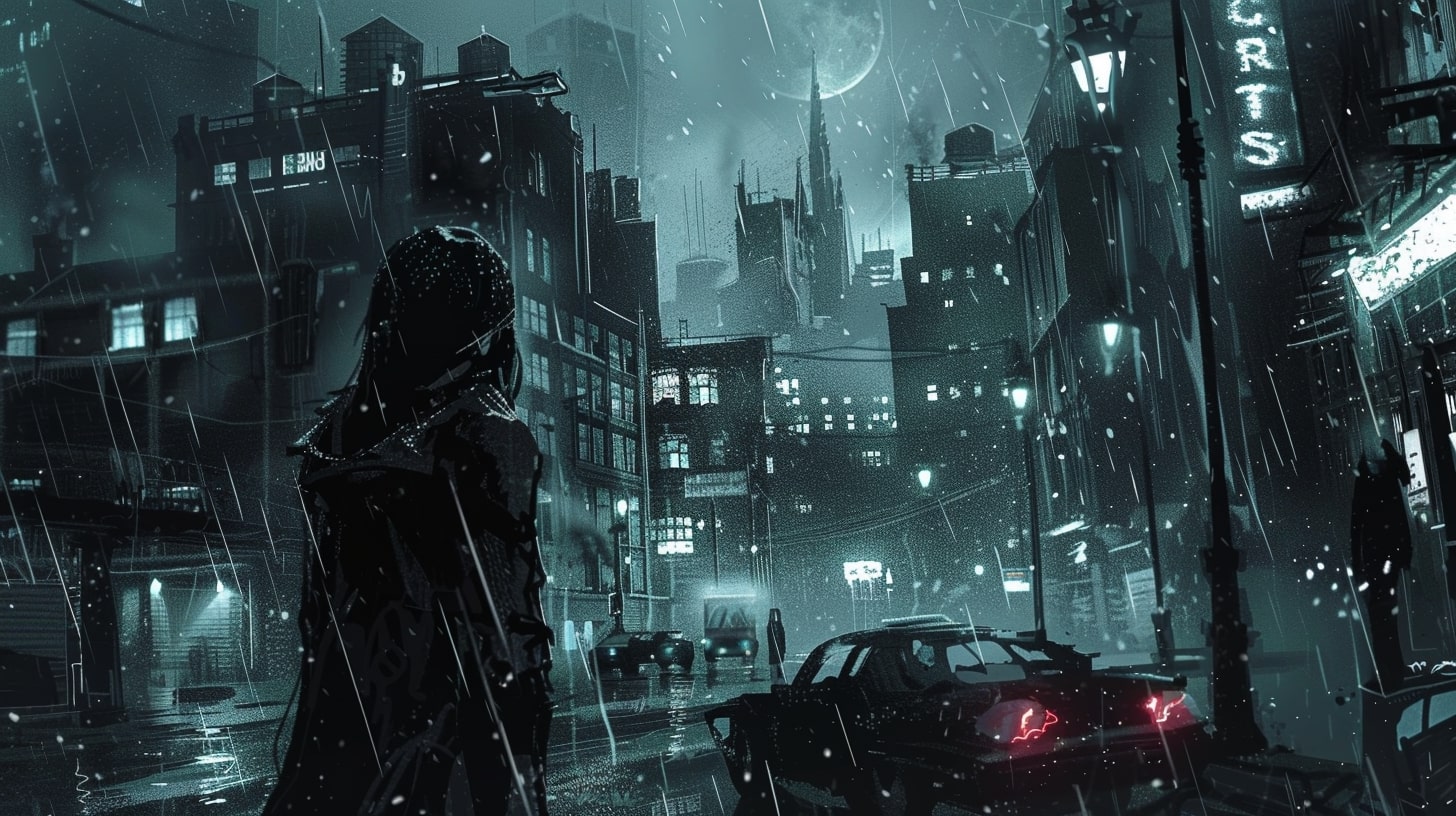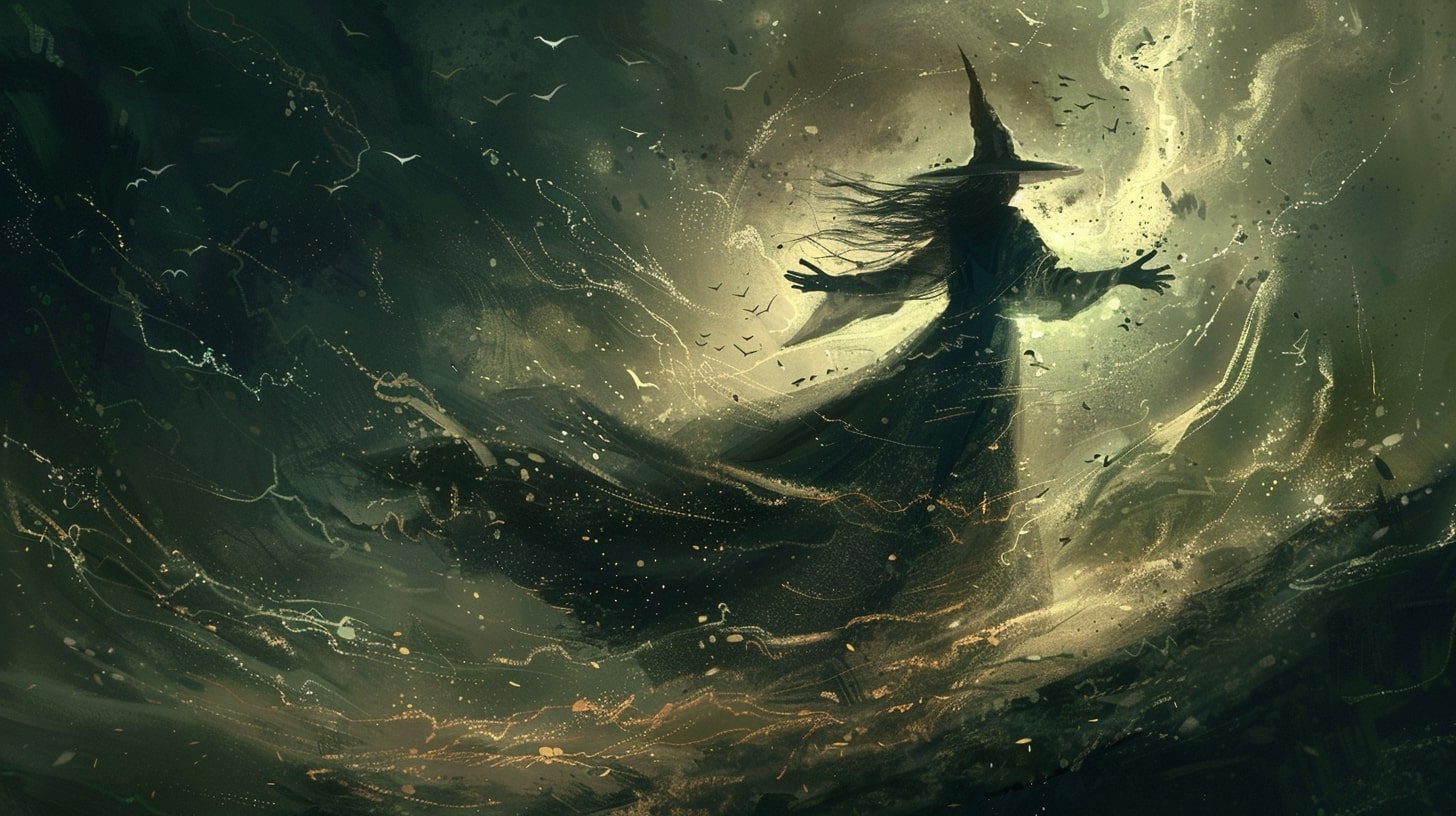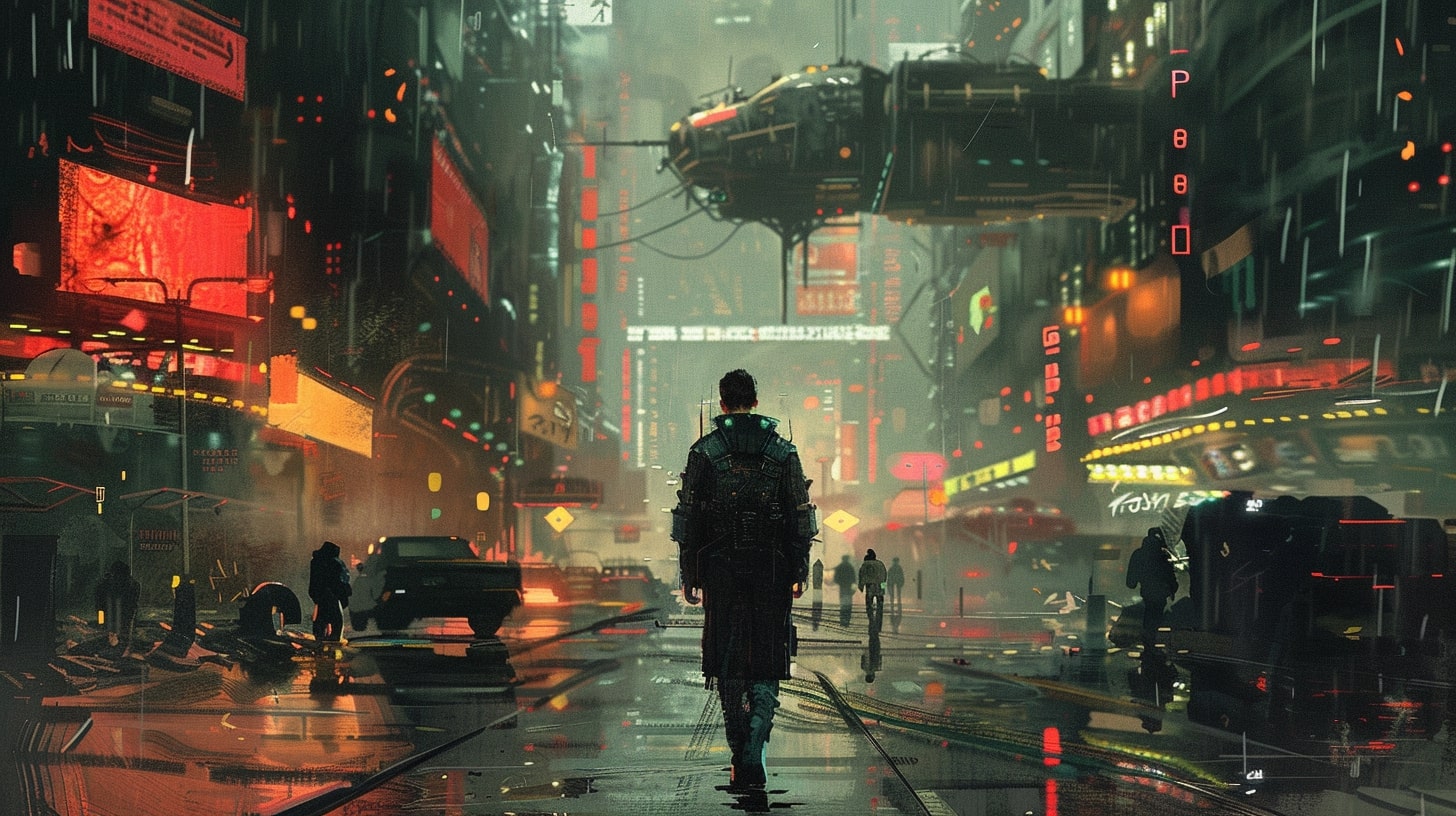Journey into High Fantasy
Welcome to the enchanting realm of high fantasy! In this genre, you have the power to create extraordinary worlds, epic quests, and captivating characters. Whether you’re a seasoned writer or just starting your writing adventure, high fantasy offers limitless possibilities for your imagination to soar.
Writing high fantasy isn’t for everyone, but those who can take the time to dive into it can often find it very rewarding.
What is High Fantasy?
High fantasy, also known as epic fantasy, is a genre that takes readers on extraordinary journeys to fantastical realms filled with magic, mythical creatures, and epic battles between good and evil. In high fantasy, you have the freedom to build worlds from scratch, complete with their own unique histories, cultures, and magical systems.
One of the defining characteristics of high fantasy is its departure from the constraints of the real world. Unlike other subgenres of fantasy that incorporate elements of our own world, high fantasy creates entirely new universes that exist only within the pages of your story. It allows readers to escape the mundane and immerse themselves in a world of wonder and imagination.
The Appeal of High Fantasy
High fantasy has captivated readers for generations, and its enduring popularity can be attributed to several factors. First and foremost, high fantasy offers a sense of escapism. It allows readers to leave behind the ordinary and venture into extraordinary realms where anything is possible. This escapism provides a much-needed break from reality and allows readers to explore the depths of their imagination.
Another appeal of high fantasy lies in its ability to tackle timeless themes and moral dilemmas. Through the conflicts and journeys of the characters, high fantasy explores concepts such as heroism, sacrifice, redemption, and the battle between light and darkness. These themes resonate with readers on a deeper level, evoking emotions and inspiring introspection.
Elements of High Fantasy Writing
High fantasy is a genre filled with rich and intricate storytelling, and mastering its elements can elevate your writing to new heights. Here are some key elements to consider when crafting your high fantasy tale:
- Worldbuilding: Creating a detailed and immersive world is essential in high fantasy. This includes developing a unique setting, complete with geography, cultures, and a rich history. Check out our article on creating a fantasy world for a deeper exploration of this topic.
- Magic Systems: Magic is a central element in high fantasy. Crafting a well-defined and consistent magic system adds depth and intrigue to your world. Dive into the intricacies of magic creation with our article on creating a fantasy magic system.
- Memorable Characters: Characters are the heart and soul of any story. Developing compelling heroes, heroines, villains, and supporting characters brings your high fantasy world to life. Learn more about crafting memorable characters in our article on developing fantasy characters.
- Epic Plots: High fantasy often features grand quests, world-altering events, and epic battles. Plotting your story with the hero’s journey, conflicts, and quests will keep readers on the edge of their seats. For more insights into crafting captivating plots, explore our article on writing fantasy quests.
Now that you have a glimpse into the world of high fantasy, it’s time to embark on your own writing journey. Let your imagination run wild, weave tales of magic and adventure, and transport readers to realms they’ll never forget. Happy writing!
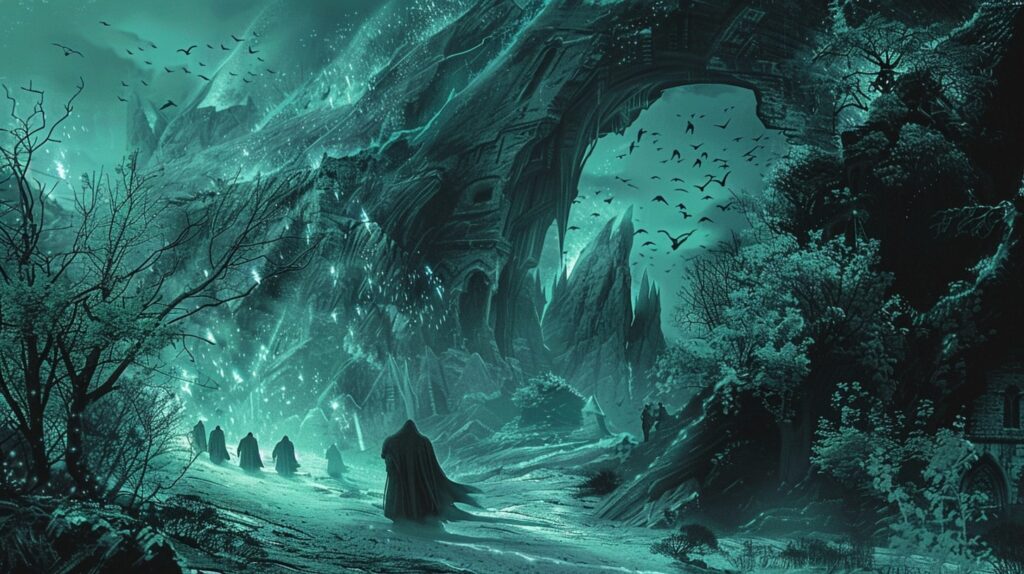
Writing High Fantasy: Building Your High Fantasy World
To create an immersive high fantasy tale, building a captivating world is essential. Worldbuilding becomes an essential part of any fantasy writing, but it’s vitally important with high fantasy because you’re creating a world that doesn’t exist for your reader.
This section will guide you through the process of creating a unique setting, developing a rich history, and constructing magic systems to bring your high fantasy world to life.
Creating a Unique Setting
In high fantasy, the setting plays a crucial role in captivating readers’ imaginations. To create a unique setting, consider the following aspects:
- Geography: Visualize the landscapes, such as majestic mountains, sprawling forests, or mystical islands. Use vivid descriptions to transport readers into your world.
- Architecture: Imagine the architectural styles of different regions in your world. Determine whether your world features grand castles, quaint villages, or ethereal floating cities.
- Climate: Develop a diverse climate system that affects different regions. This can create contrasting environments, from icy tundras to scorching deserts.
- Flora and Fauna: Populate your world with fantastical plants and creatures. Let your imagination run wild, but ensure they fit seamlessly into the ecosystem you’ve created.
By crafting a unique setting, you’ll transport readers to a world that feels vivid and immersive. For more tips on creating fantasy worlds, check out our article on creating a fantasy world.
Developing a Rich History
Every high fantasy world has a compelling history that shapes its present. To develop a rich history, consider the following elements:
- Creation Myth: Craft a creation myth that explains how your world came into existence. This myth can be passed down through generations, shaping the beliefs and values of the inhabitants.
- Major Events: Outline pivotal events that have occurred throughout history, such as wars, alliances, or the rise and fall of kingdoms. These events can add depth and conflict to your world.
- Historical Figures: Introduce legendary figures that have left their mark on the world. These figures could be heroes, villains, or influential leaders who are revered or feared.
A well-developed history adds authenticity and depth to your high fantasy world, making it feel like a living, breathing place. For more tips on crafting compelling characters, check out our article on developing fantasy characters.
Constructing Magic Systems
Magic is a defining element of high fantasy. Constructing a well-thought-out magic system can enhance the depth and wonder of your world. Consider the following aspects when constructing your magic system:
- Source of Magic: Determine the source of magic in your world. It could be derived from ancient artifacts, innate abilities, or the influence of celestial bodies.
- Rules and Limitations: Establish clear rules and limitations for magic. Define its strengths, weaknesses, and the cost or consequences of using it. This adds tension and prevents magic from becoming a deus ex machina.
- Types of Magic: Create different types or schools of magic. Each type can have its own unique spells, rituals, or abilities. This adds variety and depth to your magic system.
Constructing a well-defined magic system adds intrigue and excitement to your high fantasy world. For more tips on creating magic systems, check out our article on creating a fantasy magic system.
By carefully crafting your high fantasy world, you will delight readers with a rich and immersive experience. Remember to focus on creating a unique setting, developing a rich history, and constructing a captivating magic system. Let your imagination soar and bring your high fantasy world to life!
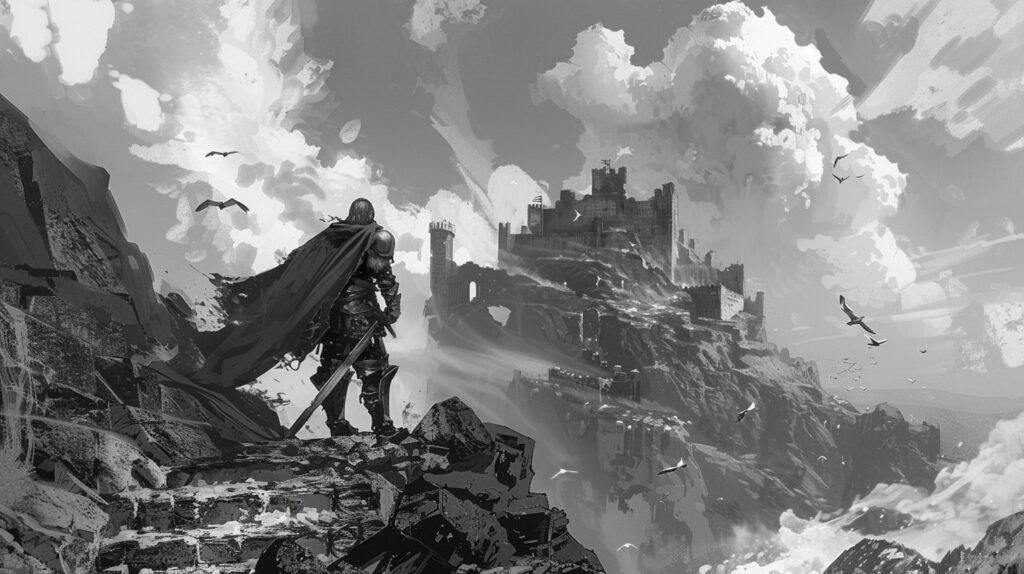
Crafting Memorable Characters
In high fantasy writing, crafting memorable characters is essential to engage your readers and immerse them in your fantastical world. When creating characters for your high fantasy tale, consider the following categories: heroes and heroines, villains and antagonists, and supporting characters.
Heroes and Heroines
Heroes and heroines are the central figures in your high fantasy story. They embark on epic quests, face formidable challenges, and often possess extraordinary abilities. These characters capture the readers’ imagination and serve as the driving force behind the narrative.
To create compelling heroes and heroines, delve into their backgrounds, motivations, and personal growth throughout the story. Develop their strengths and weaknesses, as well as their unique personalities. Give them relatable qualities that resonate with your readers, allowing them to connect and root for the characters as they confront the trials and tribulations of their journey.
Villains and Antagonists
No high fantasy tale is complete without intriguing villains and antagonists. These characters provide conflict and opposition to the heroes and heroines, driving the plot forward and intensifying the stakes.
When crafting villains and antagonists, make them more than one-dimensional evildoers. Give them depth, complex motivations, and plausible reasons for their actions. This will create a dynamic and engaging dynamic between them and the heroes, adding layers of complexity to your story.
Remember that villains and antagonists should possess qualities that make them formidable adversaries. Explore their strengths, weaknesses, and unique abilities, ensuring they present a genuine challenge for your heroes and heroines to overcome.
Supporting Characters
Supporting characters play vital roles in enriching your high fantasy world. They can be loyal allies, wise mentors, or colorful companions to the main characters. These characters add depth and diversity to your story, providing support, guidance, or comedic relief.
When creating supporting characters, consider their relationships with the heroes and heroines. Develop their distinct personalities, backstories, and individual arcs within the narrative. This will make them more relatable and engaging, allowing readers to form connections with these secondary characters.
Ensure that each supporting character serves a purpose in the story, contributing to the overall plot or assisting in the development of the main characters. By doing so, you can create a vibrant and immersive high fantasy world that captivates your readers.
Crafting memorable characters in high fantasy writing requires a delicate balance of creativity and attention to detail. By investing time in developing your heroes and heroines, villains and antagonists, and supporting characters, you can breathe life into your story and create a truly captivating high fantasy tale.
For more tips on developing fantasy characters, check out our article on developing fantasy characters.
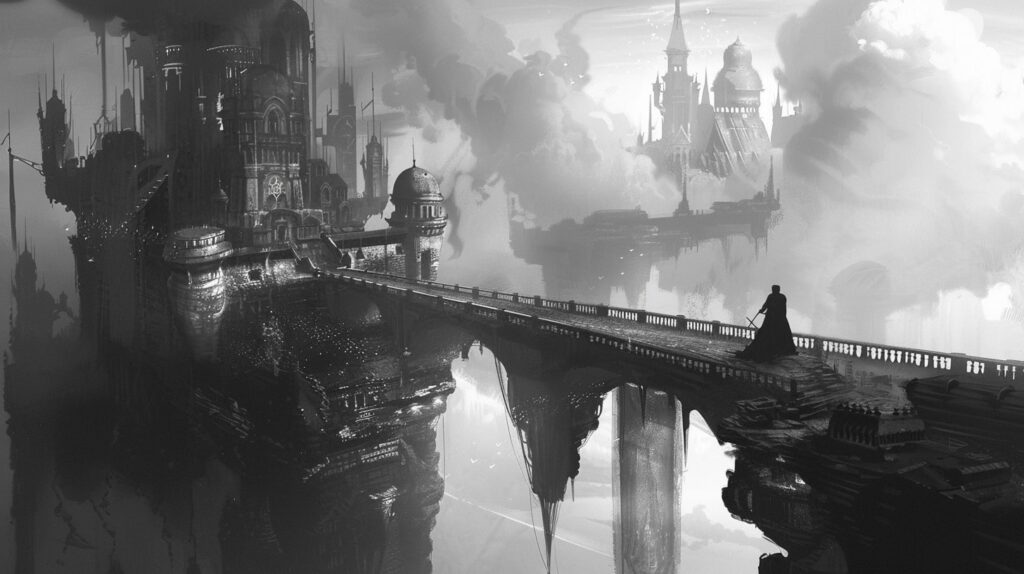
Plotting Your Epic Tale
As you embark on writing your high fantasy tale, plotting plays a crucial role in captivating your readers and keeping them engaged throughout the journey. In this section, we will explore three key elements to consider when plotting your epic tale: The Hero’s Journey, Conflict and Quests, and World-Altering Events.
The Hero’s Journey
The Hero’s Journey is a classic narrative structure that has been used in many high fantasy tales. It follows the path of a hero who embarks on an adventure, faces challenges, and undergoes personal growth. This journey typically consists of several stages, including the call to adventure, meeting mentors and allies, confronting trials and enemies, and finally, returning transformed.
By incorporating the Hero’s Journey into your plot, you can create a compelling and relatable protagonist who overcomes obstacles and grows along the way. This structure provides a framework for your story, allowing readers to connect with the hero on an emotional level. For more information on how to incorporate the Hero’s Journey into your high fantasy tale, visit our article on how to write fantasy novels.
Conflict and Quests
Conflict is a driving force in any story, and high fantasy tales are no exception. Introduce conflicts that challenge your hero, whether they are internal struggles or external threats. These conflicts can arise from various sources, such as villains, antagonists, or even the hero’s own flaws and doubts.
To propel your story forward, consider incorporating quests that the hero must undertake. These quests can be physical, emotional, or spiritual in nature, and they should be intertwined with the overall plot. Whether it’s retrieving a lost artifact, saving a kingdom from an ancient evil, or discovering the truth about their own identity, quests add depth and excitement to your high fantasy tale. For more tips on crafting engaging quests, check out our article on writing fantasy quests.
World-Altering Events
High fantasy tales often feature world-altering events that shape the course of the story. These events can include cataclysmic battles, the rise or fall of empires, the unveiling of ancient prophecies, or the emergence of powerful magical forces. By incorporating these events, you can create a sense of scale and grandeur in your storytelling.
These world-altering events serve as pivotal moments that drive the plot forward and have far-reaching consequences for the characters and the world you’ve created. They can introduce new challenges, unearth hidden secrets, or change the very fabric of your high fantasy world. When crafting these events, consider their impact on the overall story and how they contribute to the character arcs and themes you wish to explore.
By incorporating the Hero’s Journey, conflict and quests, and world-altering events into your plot, you can create an epic tale that captivates readers and transports them to a fantastical world. Remember to strike a balance between these elements, ensuring that they complement each other and contribute to the overall narrative. As you continue to refine your plot, seek inspiration from other high fantasy works and explore different writing techniques to bring your story to life.
Mastering High Fantasy Writing Techniques
To truly captivate readers with your high fantasy tale, it’s important to master certain writing techniques that are key to the genre. In this section, we will explore three crucial elements: descriptive language and imagery, balancing action and dialogue, and pacing and tension.
Descriptive Language and Imagery
In high fantasy writing, descriptive language and vivid imagery play a vital role in transporting readers to your fantastical world. Paint a picture with your words, using rich descriptions to bring your settings, characters, and magical elements to life. Engage the senses by incorporating details about the sights, sounds, smells, tastes, and textures within your world.
Immerse your readers in the lush landscapes, towering castles, and mystical realms that characterize high fantasy. Use metaphors, similes, and other literary devices to create a sense of wonder and awe. By evoking emotions through your descriptive language, you can make your readers feel as though they are experiencing the story alongside your characters.
Remember to strike a balance between providing enough detail to engage readers’ imaginations and avoiding overwhelming them with excessive information. Allow room for readers to fill in the gaps with their own interpretations, fostering a sense of collaboration between writer and reader.
Balancing Action and Dialogue
High fantasy stories often involve epic battles, daring quests, and magical encounters. Balancing action and dialogue is crucial to keep the pace of your story engaging and dynamic. Action scenes should be vividly described, utilizing strong verbs and sensory details to convey the intensity of the moment.
Incorporate dialogue to reveal character traits, advance the plot, and provide insight into the world you’ve created. Dialogue can also be a powerful tool for showcasing different perspectives, building relationships between characters, and adding moments of humor or tension.
Strike a balance between action and dialogue by interspersing them throughout your narrative. Use action scenes to propel the plot forward and create excitement, while dialogue scenes provide opportunities for character development and deeper exploration of your world.
Pacing and Tension
Maintaining a good pace and building tension are crucial in keeping readers engaged and turning the pages of your high fantasy tale. Vary the pace by alternating between slower, introspective moments and faster-paced action sequences. This ebb and flow creates a sense of rhythm and prevents the story from becoming monotonous.
Build tension by introducing obstacles, conflicts, and challenges for your characters to overcome. Whether it’s a climactic battle, a race against time, or the unveiling of a shocking revelation, these moments create suspense and keep readers invested in the outcome.
Utilize chapter breaks, cliffhangers, and well-timed plot twists to maintain suspense and propel the story forward. Consider the pacing of each scene and chapter, ensuring that the events unfold in a way that keeps readers on the edge of their seats.
By mastering these high fantasy writing techniques, you can create a captivating and immersive experience for your readers. Let your descriptive language and imagery transport them to your fantastical world, balance action and dialogue to maintain a dynamic narrative, and utilize pacing and tension to keep them eagerly turning the pages. Remember, every word you choose has the power to bring your epic tale to life and leave a lasting impression.
Refining Your High Fantasy Story
As you near the completion of your high fantasy story, it’s time to shift your focus to refining and polishing your work. This stage involves editing and revising your manuscript, seeking feedback and beta readers, and ultimately preparing for publishing and sharing your captivating tale with the world.
Editing and Revising
Editing and revising are essential steps in the writing process. This is where you fine-tune your story, ensuring that the plot flows smoothly, the characters are well-developed, and the world-building is immersive. Take the time to review your manuscript for grammar, spelling, and punctuation errors. Pay attention to sentence structure, clarity, and consistency. Consider the pacing of your story, making necessary adjustments to maintain reader engagement. For more detailed guidance on editing your high fantasy story, check out our article on how to write high fantasy.
Seeking Feedback and Beta Readers
Obtaining feedback from others is invaluable during the refining process. Seek out trusted individuals who can provide constructive criticism and offer fresh perspectives on your story. Beta readers, in particular, play a crucial role in identifying areas that may require improvement. Their feedback can help you identify plot holes, character inconsistencies, or pacing issues that you may have overlooked. Consider joining writing communities or reaching out to fellow writers for beta reading exchanges. Remember to be open to feedback and use it as a tool for growth and improvement.
Publishing and Sharing Your Work
Once you have refined your high fantasy story to the best of your abilities, it’s time to explore publishing options. You can choose to pursue traditional publishing by submitting your manuscript to literary agents and publishers, or you may opt for self-publishing through platforms like Amazon Kindle Direct Publishing or Smashwords. Carefully research and consider the pros and cons of each path to determine which one aligns with your goals and preferences.
Before publishing, ensure that your manuscript is properly formatted and professionally edited. Engage the services of a copy editor or proofreader to catch any remaining errors. Design an eye-catching book cover that captures the essence of your high fantasy story.
Once your book is ready, create author profiles on social media platforms and establish an online presence. Promote your work through various channels, such as author websites, blog tours, and book signings. Don’t forget to leverage your existing network and engage with readers who share your passion for high fantasy.
Remember, the journey doesn’t end with publishing. Continuously seek opportunities to improve your writing craft, connect with other writers, and engage with your readers. Keep writing and sharing your high fantasy tales, always striving to captivate and transport your audience to the epic worlds you have created.
